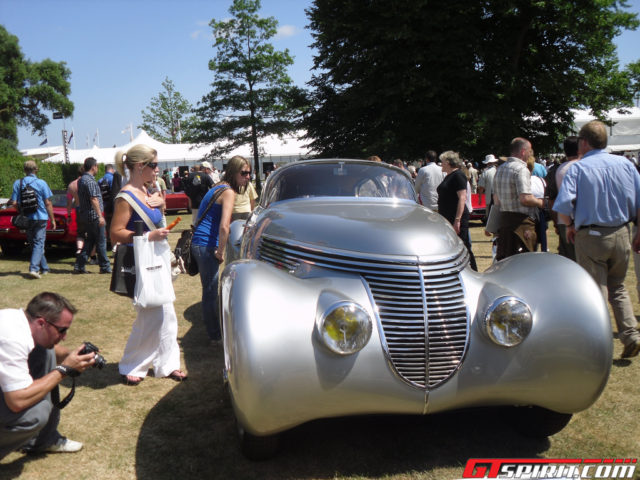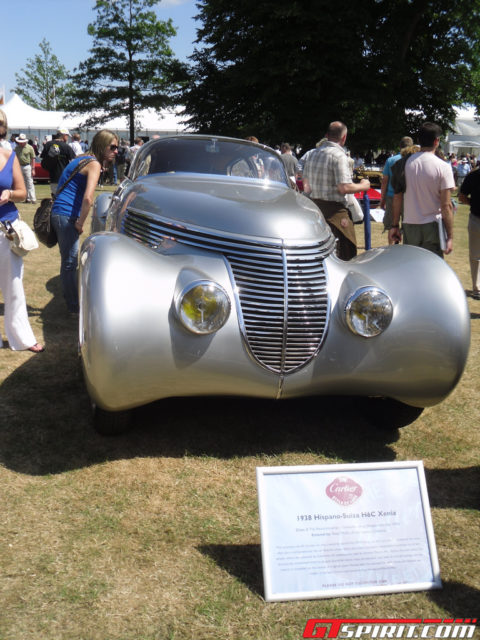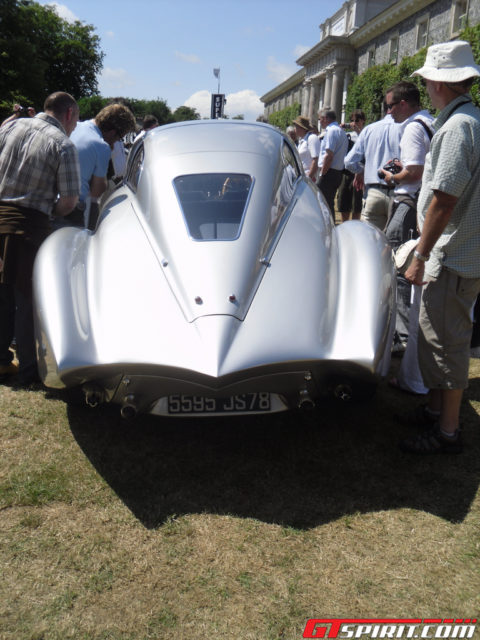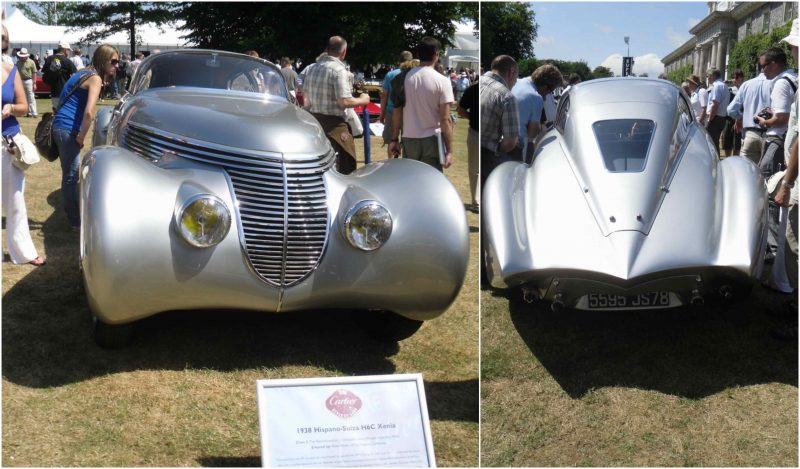In a strange and slightly unsettling manner, the Hispano-Suiza Dubonnet Xenia just might be the definition of a fine prestige car produced shortly before the outbreak of WWII.
Back then, Europe was a different world. The continent thrived continually on the wave of innovation and progress. Until, that is, all of that was halted by the outbreak of the bloodiest war in modern history. Throughout the 1920s and well into the 1930s, Hispano-Suiza was a unique automobile maker. One of the company’s models, the H6C “Xenia,” most likely depicts what could be seen as the pinnacle of that inter-war automobile design era. In the turbulent course of historic events that followed, those days have now been almost forgotten.
The finest example of automotive art-deco. 1938 Hispano-Suiza Dubonnet Xenia. #automotivedesign #artdeco #automotiveart #motorculture pic.twitter.com/A3iywkBmjR
— ColumnM (@ColumnM) February 13, 2017
A name we must all recall in this context is Andre Dubonnet. A Frenchman who at the beginning of WWI started out serving as an artilleryman, Dubonnet made a name for himself when he
switched to aviation.
He is remembered for several victorious aerial combats during the war. Flying a SPAD XIII, Dubonnet first flew next to flying ace Frank Baylies in May 1918; later on, in the company of Fernand Chavannes as well. A few more victories were had as he flew next to Captain Battle and Joseph De Sevin.
Happy New Week @covercar77 1938 Hispano-Suiza Dubonnet Xenia pic.twitter.com/tfTGPHLRg0
— Lukas Corso (@lukas_corso) March 6, 2017
However, deep down in his heart, Dubonnet was an inventor, and that’s what he did for a large portion of his life after the daring encounters of WWI. When the war was over, he shifted his focus to car racing, driving for Hispano-Suiza and Bugatti. He was also noted for competing in Olympic bobsledding.
During the same period, Dubonnet emerged as an A-class inventor, and he successfully sold an automobile suspension system to General Motors. Later on, he barely escaped bankruptcy while attempting to build solar energy systems. He has been particularly passionate about aerodynamics and worked on several studies in the field, while also commissioning the creation of highly aerodynamic cars for himself.

The unique futuristic looking automobile he had commissioned in 1937 was supposed to be a showcase for his company’s state-of-the-art suspension system development. This avid interest in new systems and outstanding design was certainly what put his name on the pages of history, more so than his victorious aerial combats of WWI.
Dubonnet was ambitious and put tremendous effort into this classic masterpiece of automobile design, and he instantly attracted a great deal of interest from among high-class society.

On the other side of the story, the journey of Hispano-Suiza commenced in 1904 with the partnership of a Spanish businessman known as Damián Mateu I Bisa and a Swiss engineer Mark Birkigt. Soon enough, the Spanish-Swiss company (hence Hispano-Suiza) was seen as one of the great European automobile makers, earning a prominent reputation for innovation in the field. For instance, Birkigt’s initial designs were powered by inline four cylinders 4.5 liters engines.

Throughout WWI, most of Hispano-Suiza’s efforts had gone into producing V8 aircraft engines, and it was thought that the company would entirely dedicate itself to the aircraft industry. That changed when the automobile industry saw its rise in the period between the two world wars. The sporting models of the company even attracted royalty, with King Alfonso at one point reportedly purchasing 30 cars for himself.
The Dubonnet Xenia became the peak accomplishment of Hispano-Suiza. The automobile was more of a public relations attempt by the company to exhibit Andre Dubonnet’s latest independent suspension system. For the purposes of doing that, Dubonnet used a Hispano-Suiza H6C chassis and applied modifications that would work with its newly built implanted coil spring suspension.It worked out pretty well for Dubonnet. Later on, he went on to sell his patent to the big auto giants such as GM, Alfa Romeo, Delahaye, and Fiat.
